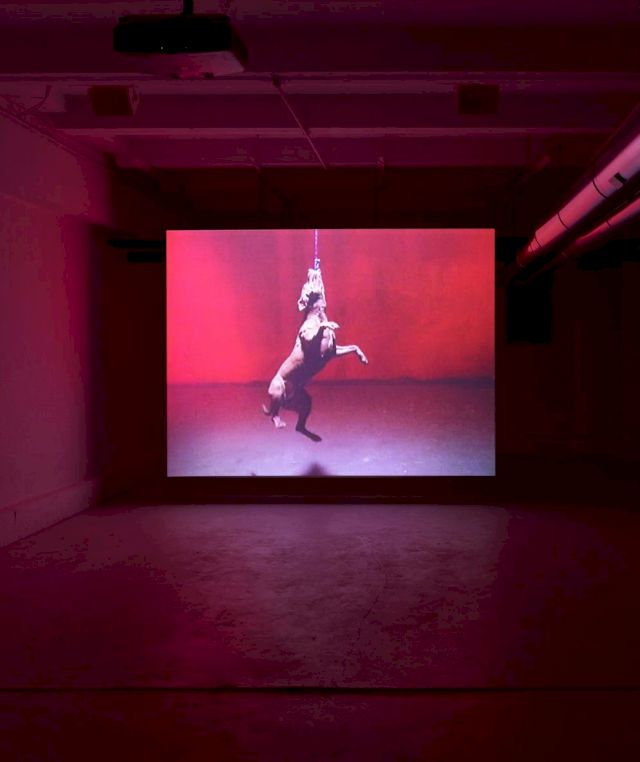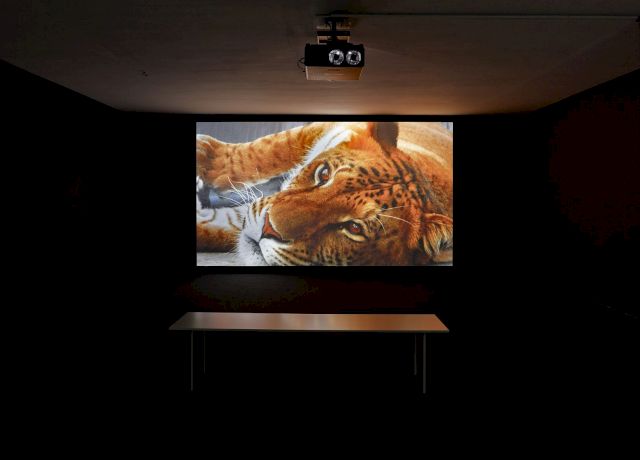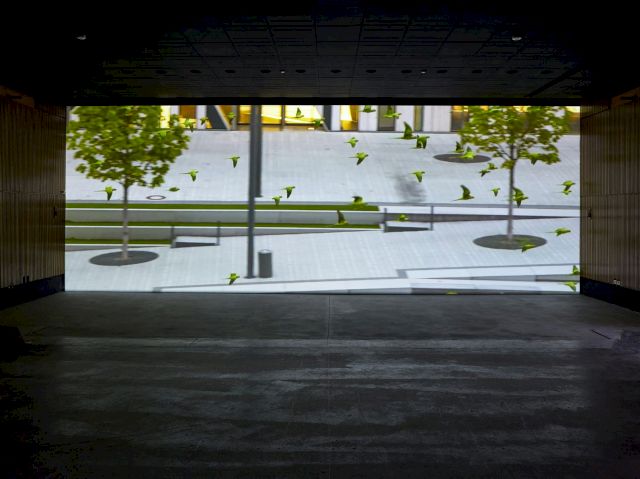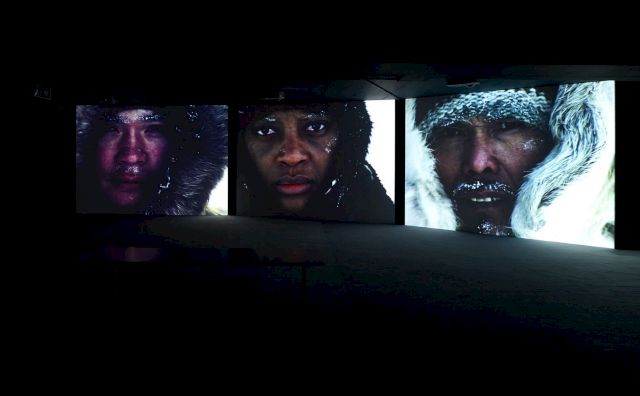BMW Art Guide by Independent Collectors
Time Stamps
Julia Stoschek Collection – Berlin, Germany

In Berlin, at times, it can seem as if history actively seeks you out. Where, often, one may seek out the “historic” ancient core of a city in Europe, Berlin is as much a city of “rebuilt history” as it is of built history. The building complex at Leipzigerstrasse 60 which is the Berlin home of the Julia Stoschek Collection provides a particularly evocative example of this phenomenon. Located in Mitte a few blocks from the neo-classical grandeur of the Deutsche Dom in Gendarmenmarkt, the collection is housed in a sprawling geometric warren of buildings that reflect the subdued, functional architecture of post-war Berlin. The rather neutral appearance of the building’s exterior belies its history. Prior to its reinvention by Joahnna Meyer-Grohbrugge of Berlin Architects, the space was the site of the Czech Cultural Centre of the former East Berlin. As 1989’s geopolitical make-over swept Europe, the space was, like many former Eastern Bloc locations, reincarnated as a club called Konzulat. These previous existences have been less overwritten by Meyer-Grohbrugge than they have been translated. The space she has created makes as much use of the expansive floors and high ceilings of the ground floor as it does the building’s narrow corridors and the nested chambers that subdivide the space’s basement. One can feel hovering presence of the building’s previous uses; muffled sound filters through long entryways; one room feeds into another deeper, potentially darker location where any kind of furtive encounter with power or ecstasy may await.


The current exhibition, “Jaguars and Electric Eels”, bringing together works by more than thirty artists past and present, is supremely well suited to the dynamics of the space. Using a journey undertaken by the German naturalist, Alexander von Humboldt, along the Orinoco River in what is contemporary Venezuela as a starting point, “Jaguars and Electric Eels” places the interaction of the natural world and the world of objects at its centre. Julia Stoschek’s collection, from the beginnings of its public existence in its Dusseldorf space to the present, has been concerned with the status of the moving image as it has evolved in the rapidly transforming technological ecology of the second half of the twentieth century and the breakneck pace of the globalised, digitalised twenty-first. Thus, video works make up the bulk of the content of “Jaguars and Electric Eels”. This includes cutting-edge contemporary works by Anicka Yi, whose eerie 3-D film, The Flavour Genome, explores the boundaries of the organic and the synthetic. It is one of the particular highlights of the exhibition, but the collection’s sense of history lends the show considerable depth. For example, it was particularly gratifying to see Nancy Holt and Robert Smithton’s semi-comic expedition into a landscape of reeds in the short film SWAMP on display. The work feels more timely than ever in an age where concerns about habitat destruction and the limits of human knowledge are more pressing than they have been since the dawn of our species. The capacity of the Julia Stoschek Collection to reach back into history to recontextualise this work as well as Ana Mendieta’s great, meditative work Anima from 1976 demonstrates not only a keen curatorial sense for dialogues, but a reflection of the same dynamics the space itself embodies: an awareness that the past is not the past because it is gone, but because it has left a mark on the world. Enduring works of art and great spaces can make those marks almost palpably visible.

William Kherbek is the writer of the novel "Ecology of Secrets" (2013, Arcadia Missa) and "UltraLife" (2016, Arcadia Missa). His art journalism has appeared in a number of publications in the UK, US, Germany, Switzerland and Romania.
All images courtesy the Julia Stoschek Collection, Berlin
More Information on Julia Stoschek Collection